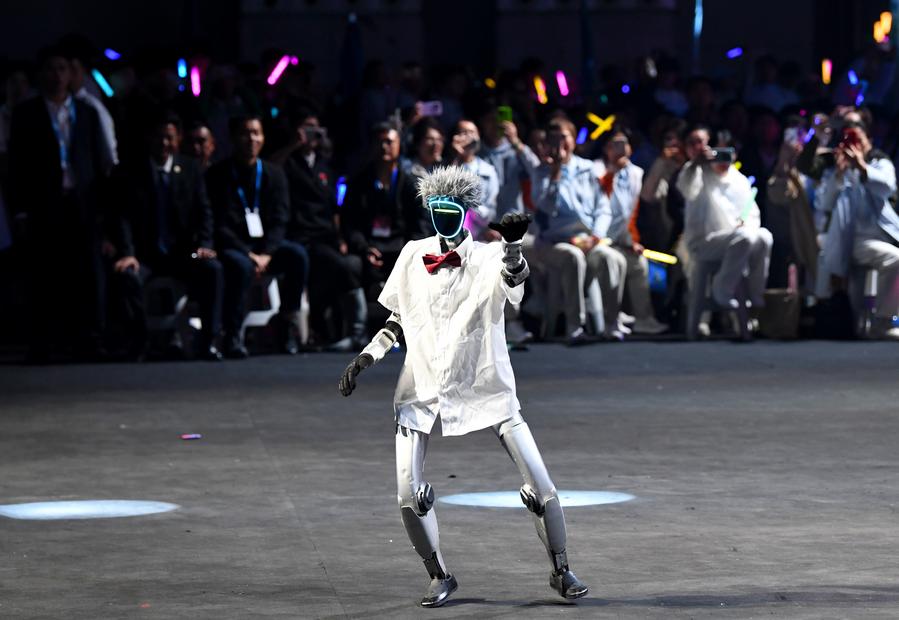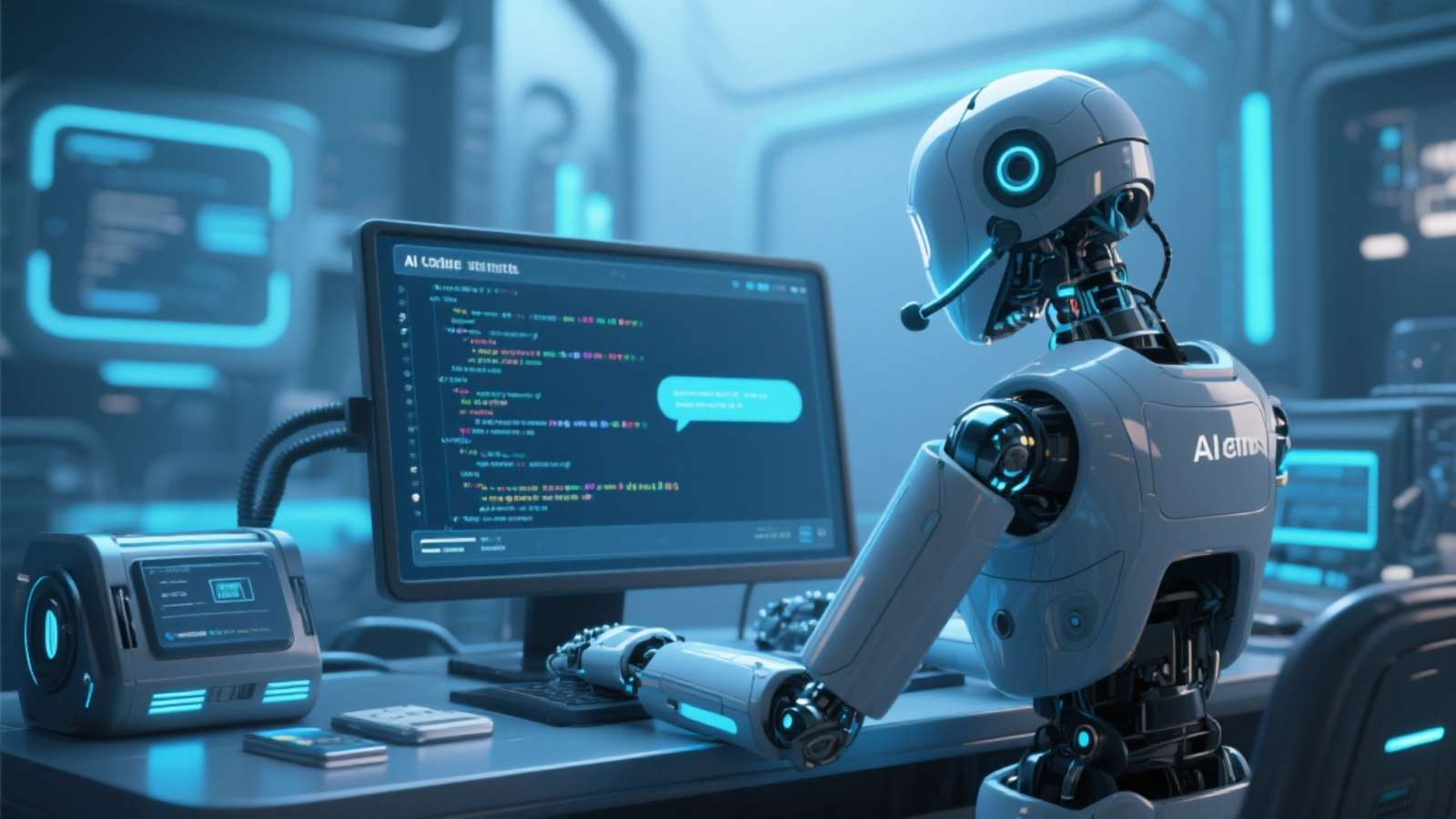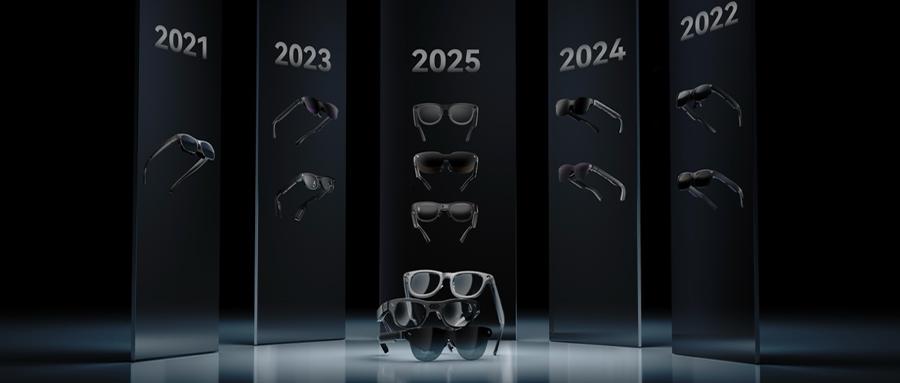Robot, it is really a robot! There are no Tibetans inside!
On November 5th, a new power car company released a new type of robot, which unexpectedly sparked strong questioning from netizens. The saying ‘Are there people hiding inside?’ kept popping up one after another? Helpless, the CEO of a car company held a press conference and performed a “skin peeling show”, cutting open the leg covers of the robot on the spot to allow it to walk normally.
This wave of operation may seem helpless, but it actually exposes a key issue: perhaps our understanding of the development of humanoid robots is disconnected. Being able to walk with a silky gait comparable to that of a human is no longer a science fiction level technological threshold. The research and development of embodied robots in China has moved towards lightweight, flexible, and biomimetic trends. Using 3D printed lattice “muscles”, combined with flexible materials, and motion control algorithms trained on large models, the robot exudes a strong “human flavor” from clothing wrinkles to limb movements.
No wonder netizens question that the development of “Chinese origin” robots has quietly taken a straight line from quadrupedal to bipedal, from functionality to anthropomorphism, breaking through traditional imagination. When a ‘it’ takes on the posture of ‘her’, questioning represents anxiety and unease, how can I distinguish whether the ‘she’ next to me is not ‘it’? However, just as the invention of electricity once made people afraid, the rise of the Internet was questioned. Every technological revolution was accompanied by temporary maladjustment, but ultimately reshaped the process of human civilization. Today, we stand on the eve of the outbreak of embodied robots. Instead of worrying that they are too human like, it is better to actively build rules and ecosystems that coexist with humans. Because what is truly worth looking forward to is never the technology itself, but how we use it to expand human possibilities.















暂无评论内容